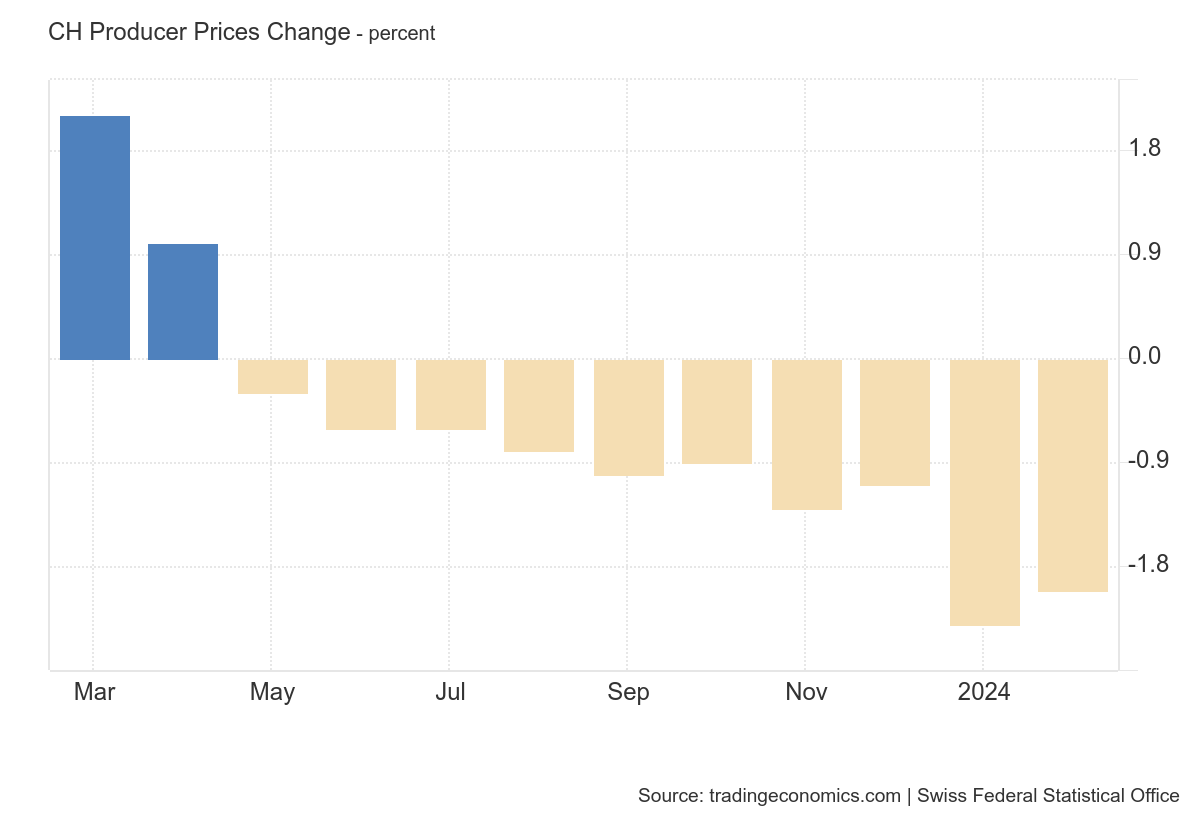 By nearly any measure one chooses, the dollar is historically rich. When it does turn, it would likely be dramatic. That is what happened after the stronger-than-expected US CPI figures. However, the lack of follow-through is what one would expect if the greenback’s bull move was intact.
By nearly any measure one chooses, the dollar is historically rich. When it does turn, it would likely be dramatic. That is what happened after the stronger-than-expected US CPI figures. However, the lack of follow-through is what one would expect if the greenback’s bull move was intact.
Still, we expect the dollar’s super-cycle is entering a new phase. The market has practically priced in a 5.0% terminal Fed funds rate, and we suspect that it needs clear guidance from the Fed officials to take it further. In addition, with the key high-frequency US economic data points behind it, the market’s attention will focus elsewhere, which may be consistent with a consolidative/corrective phase in the dollar.
Dollar Index: The lack of follow-through selling after the outside down day in response to the CPI data leaves the near-term outlook for the Dollar Index uncertain. The momentum indicators are mixed. A break of the 111.85-112.15 area is needed to prevent or deter another probe above 114.00. The high from late September was slightly below 114.80. The high from 2001-2002 was 120.50-121.00. It seems so distant. The euro, the most significant component of the Dollar Index (~57.5%), which does not include two of America’s two largest trading partners (China and Mexico), made a record low in October 2000, near $0.8230. On the other hand, the second largest component of the Dollar Index is the yen (~13.5%), and in October 2000, the dollar was below JPY110.
Euro: After initially falling to a three-week low slightly below $0.9635 after the US CPI, the euro rallied and set new highs for the week near $0.9805. The (50%) retracement of the euro’s slide from the high earlier this month just shy of $1.000 is about $0.9815. The lack of follow-through buying after the bullish price action saw the single currency set back to almost $0.9700, and a break of it could signal a return to the 20-year lows set in late September near $0.9535. Reports suggesting that the terminal ECB policy rate may be 2.25% did the euro no favors. The swaps market prices in a 3.0% deposit rate around the middle of next year.
Japanese Yen: The dollar rose to new 32-year highs above JPY148.20 ahead of the weekend. The verbal interventions have stepped up. The BOJ’s intervention is not aimed at protecting a specific level but at resisting a one-way market and dampening what it sees as excessive volatility. Three-month implied volatility is above 12%. It was above 13% when the BOJ intervened last month. Another bout of intervention is likely and most probably take place in Tokyo as the greenback draws near JPY150. The second effort may not yield the same results as the first (the dollar fell from around JPY146.90 or about JPY140.30). The MACD has curled up, while the Slow Stochastic may be peaking in overbought territory. The greenback finished the week above its upper Bollinger Band (~JPY147.60).
British Pound: While Chancellor Kwarteng was held responsible for the UK’s government’s fiscal thrust, Prime Minister Truss has backtracked and will now implement the Johnson/Sunak corporate tax increase next year. But investor confidence has not been restored. Indeed, her longevity as Prime Minister is being debated. Sterling’s 4.5-cent rally off the mid-week low (~$1.0925) stalled ahead of the weekend. The pullback held above (50%) retracement of the bounce (~$1.1150). If it holds, it can work its way higher, but a break of the $1.1100 could send sterling 1.0-1.5 cents lower. On the upside, a move above $1.15 would strengthen our sense that the $1.0350 record-low set in Asia on September 26 could very well prove to be the cyclical low.
Canadian Dollar: The greenback spiked to almost CAD1.3980 after the CPI figures and reversed to close below the previous session low. Not only wasn’t there any follow-through US dollar selling, but the bounce ahead of the weekend recouped a good part (61.8%) of its decline. We had thought the high was close enough to satisfy our CAD1.40 target. The MACD has practically flatlined, while the Slow Stochastic has not confirmed the new highs in the spot. There has been a sharp shift in expectations for the Bank of Canada meeting on October 26. Before Bank of Canada, Governor Macklem spoke in the first week of October, the swaps market acted as if the quarter-point hike by Australia was a tell for Canada and downgraded the chances of a 50 bp hike to about 50/50. After Macklem spoke and the US CPI figures were reported, the swaps market now recognizes the likelihood (~85%) chance of a 75 bp move. However, the impact on the Canadian dollar was overwhelmed by new risk-aversion and heavier US equities. Additional weakness in US equities can see the greenback move into the CAD1.4000-CAD1.4040 range.
Australian Dollar: The Aussie posted a potential key upside reversal after the US CPI figures, and it initially experienced follow-through gains. As it approached $0.6350, it encountered a wall of sellers that knocked it back to almost $0.6225. The momentum indicators are oversold, but the Aussie still looks vulnerable. A strong employment report on October 20 could help if it encouraged a more aggressive central bank, which meets on November 1. The futures market has not even fully priced in a 25 bp hike. The US two-year premium over Australia widened to more than 110 bp ahead of the weekend, the most since 1984. The next interesting chart area is near $0.6100. The Aussie’s low from the panic in 2020 is still distant (~$0.5500). The New Zealand dollar reached almost $0.5510 last week. The low from May 2020 was about $0.5470.
Mexican Peso: The peso has been incredibly steady in the face of large gyrations in the foreign exchange market. The dollar has been confined to a roughly MXN19.93-MXN19.16 range this month. The sideways movement has rendered the momentum studies less than helpful. Nevertheless, the stable tone is conducive to carry trades. Even within the broader range between MXN19.80 and MXN20.20, that has generally contained prices since mid-August, there might not be much that can be done. Opportunity, as it were, can present itself on a break of the range. We suspect that given the near-term risk on the dollar’s upside, we will be inclined to sell into strength into the MXN20.25-MXN20.30 area.
Chinese Yuan: It is generally assumed that Beijing does not want a yuan sell-off to steal the attention from the 20th Party Congress that starts on October 16. Not only has the PBOC been setting the dollar’s reference rate below market expectations (median forecast in Bloomberg’s survey), but it has recently stabilized the reference rate around CNY7.10. Given the dollar’s 2% band, this would suggest a cap around CNY7.25. Last week, on its WeChat account, the PBOC’s Monetary Policy Department wrote: “China has exited regular FX intervention, allowing a market-driven yuan, which has helped improve the independence of monetary policy.” To be sure, this does not mean that officials will not use an “open mouth” policy and more subtle means to indicate their preferences to the state-owned banks that dominate FX trading in China. Given the lack of interest rate support, the intensification of the divergence of monetary policy, the growing deflation risks in China (core CPI fell to 0.6% in September, its lowest in over a year, while PPI fell below 1%), and the bubbling debt problem, the risk is for further yuan depreciation.
Full story here Are you the author? Previous post See more for Next postTags: #USD,Featured,newsletter






















